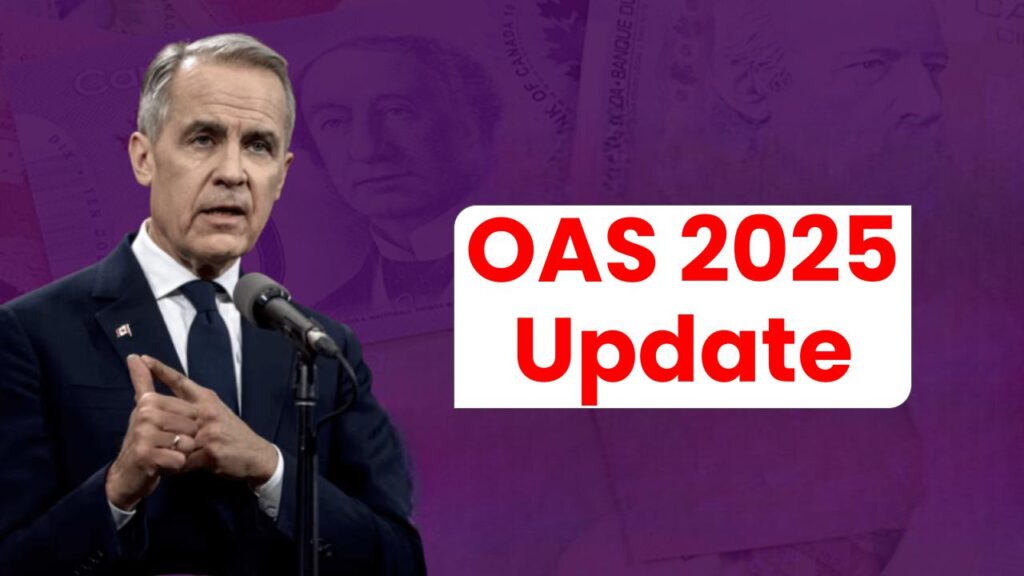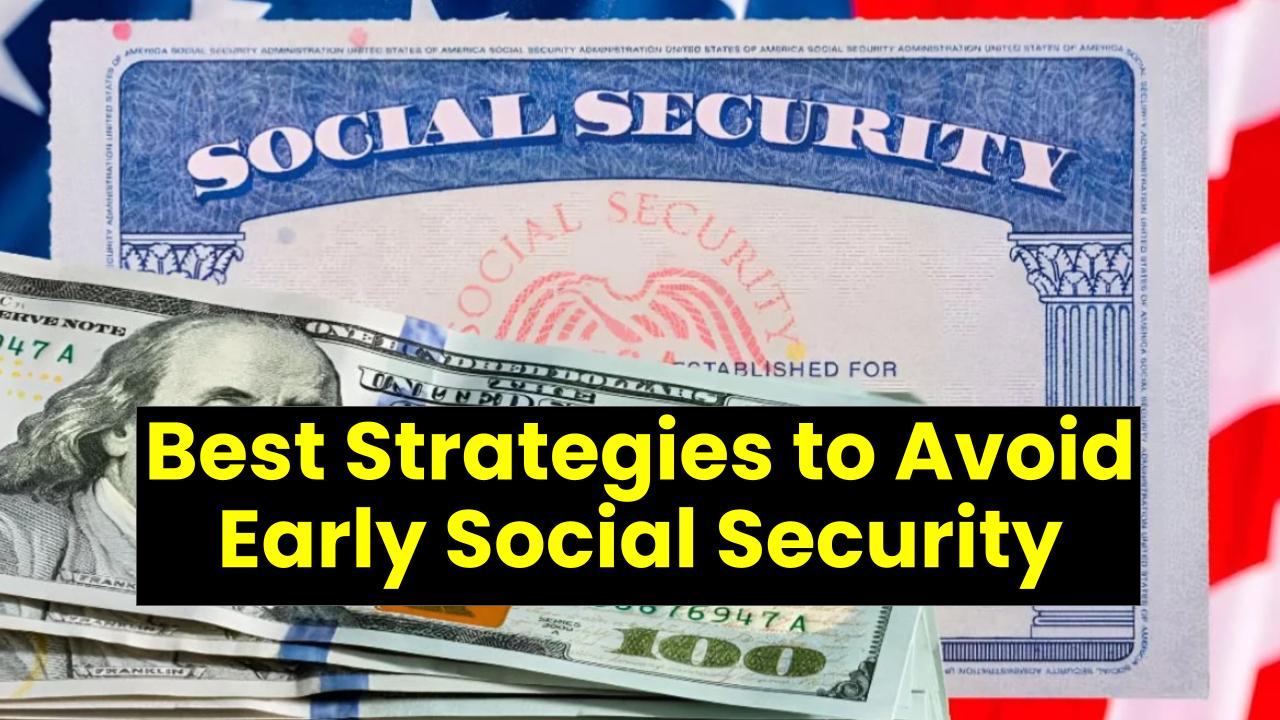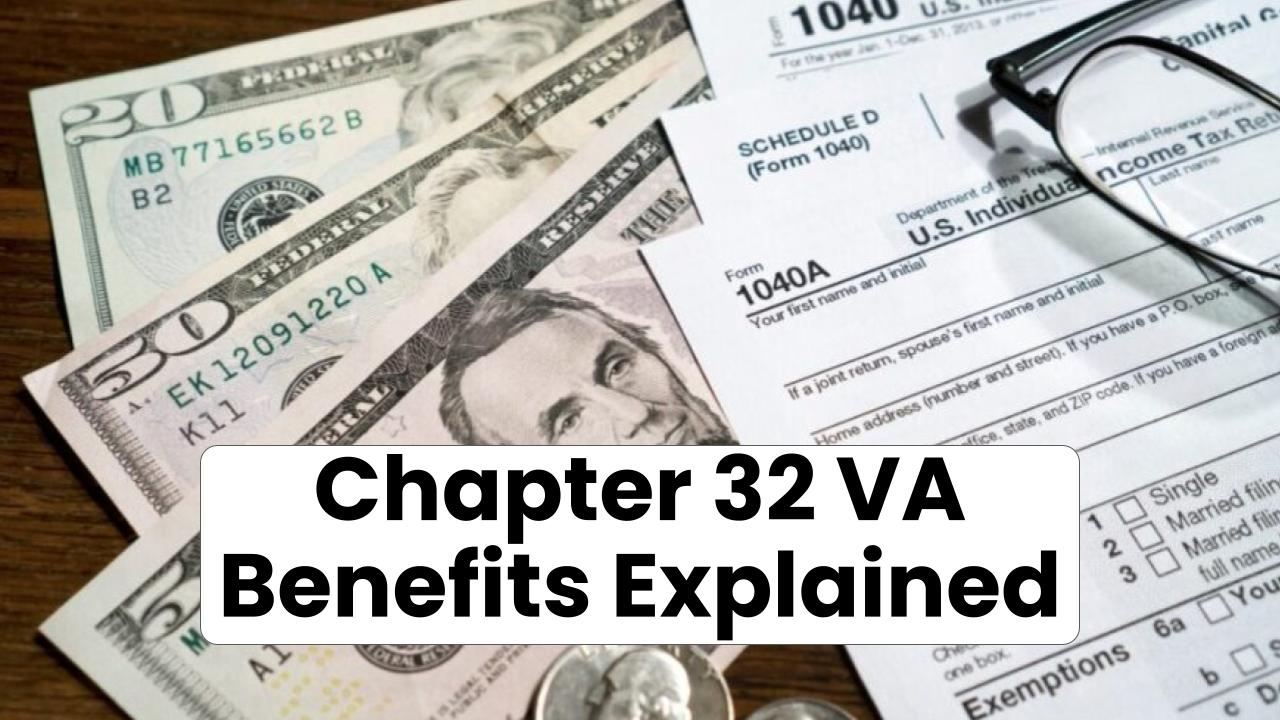If you’re a Canadian senior—or planning to retire soon—staying on top of Old Age Security (OAS) updates is key. The OAS 2025 changes bring in higher monthly payments, updated income thresholds for clawbacks, and practical considerations for deferral and contributions. Whether you’re just hitting 65 or already deep into retirement, these updates can directly impact your budget, tax strategy, and long-term financial planning.

OAS 2025 Update
| Feature | 2025 Update | Key Details |
|---|---|---|
| OAS Monthly Payment | $734.95 (65–74)$808.45 (75+) | Cost-of-living adjusted, effective July 2025 |
| Clawback Threshold | Starts at $93,454 (2025 income) | 15% recovery on income above threshold |
| Full Clawback Income Cap | $151,668 (65–74)$157,490 (75+) | OAS is fully repaid if income exceeds these caps |
| Deferral Option | Up to age 70 | Increases OAS by 0.6% per month, max 36% |
| Clawback Mechanism | Applied as 12-month deduction | Recovery tax applied July–June after tax year |
The 2025 OAS updates are more than just a few bucks extra each month—they’re a reminder to stay sharp with your retirement planning. Whether you’re still working or already retired, understanding how clawbacks, deferrals, and strategic withdrawals work can mean the difference between maximizing your benefit or unknowingly giving it back.
OAS isn’t just for low-income retirees—it’s part of a well-rounded plan for every Canadian over 65. With the right moves, you can keep more of your benefit, reduce your tax hit, and enjoy your retirement years with peace of mind.
What is OAS and Why Does It Matter?
Old Age Security (OAS) is a monthly benefit paid to eligible Canadians aged 65 and older. It’s not based on your work history or contributions like CPP (Canada Pension Plan). Instead, it’s a tax-funded pension—but your net world income does affect how much you actually receive.
If you’re new to this, think of OAS as the Canadian government’s way of saying: “Hey, we’ve got your back in retirement.” But it comes with strings attached—especially for those with moderate to high retirement income.
OAS 2025 Payment Increase: What’s New?
Starting July 2025, OAS recipients will see slightly larger payments thanks to inflation adjustments:
- $734.95/month if you’re 65 to 74
- $808.45/month if you’re 75 or older
This reflects Canada’s quarterly Consumer Price Index (CPI) adjustment, which ensures your purchasing power keeps up with inflation.
The 2025 OAS Clawback: What You Need to Know
The OAS Clawback (officially the OAS Recovery Tax) is where it gets tricky.
If your net world income for 2025 exceeds $93,454, you’ll start to repay part of your OAS at a rate of 15 cents per dollar over the threshold. This gets automatically deducted from your OAS payments starting July 2026 and continues until June 2027.
2025 Clawback Example:
- Your income: $120,000
- Exceeds threshold by: $120,000 – $93,454 = $26,546
- Clawback: 15% × $26,546 = $3,981.90
- Monthly repayment: $331.82 from July 2026
If your income is above $151,668 (for ages 65–74) or $157,490 (for ages 75+), your entire OAS will be clawed back.
Can You Avoid the Clawback? Absolutely—With Planning
There’s no one-size-fits-all solution, but here are some proven strategies:
1. Defer Your OAS
Delaying your OAS can boost your monthly payment by 0.6% per month—a full 36% increase if you wait until 70. This can make sense if:
- You’re still working after 65
- You expect high income in early retirement
- You want to reduce OAS clawback during peak earnings
2. Pension Income Splitting
If you’re married or in a common-law relationship, you may be able to split your pension income, reducing your taxable income below the clawback line.
3. Manage RRSP & RRIF Withdrawals
RRSP and RRIF withdrawals count as income. Consider:
- Withdrawing more before age 65
- Deferring withdrawals until after your OAS starts
- Spreading out withdrawals over several years
Speak with a financial planner to map this out properly.
4. Use a Spousal RRSP
If one partner earns more, a spousal RRSP can help shift future income to the lower-earning spouse, potentially avoiding clawbacks altogether.
How OAS Compares to CPP and GIS
While OAS is based on residency and income, CPP (Canada Pension Plan) depends on your work history and contributions. Meanwhile, the Guaranteed Income Supplement (GIS) provides extra support for low-income seniors.
In short:
- CPP = what you paid in
- OAS = residency & income-based
- GIS = only if you have low income
FAQs
Q: What age should I start collecting OAS?
A: You’re eligible at 65 but can defer to 70. The longer you wait, the bigger the monthly benefit—up to 36% more.
Q: Can I receive OAS if I live outside Canada?
A: Yes, if you lived in Canada for at least 20 years after turning 18.
Q: What counts as income for clawback purposes?
A: Pretty much everything: employment income, pension, investment income, RRSP/RRIF withdrawals, rental income, capital gains.
Q: Will the clawback apply automatically?
A: Yes. The CRA calculates your repayment using your previous year’s tax return. Deductions begin in July the following year.
Q: Is OAS indexed to inflation?
A: Yes. It’s adjusted quarterly using the Consumer Price Index (CPI), so it usually rises each year.








